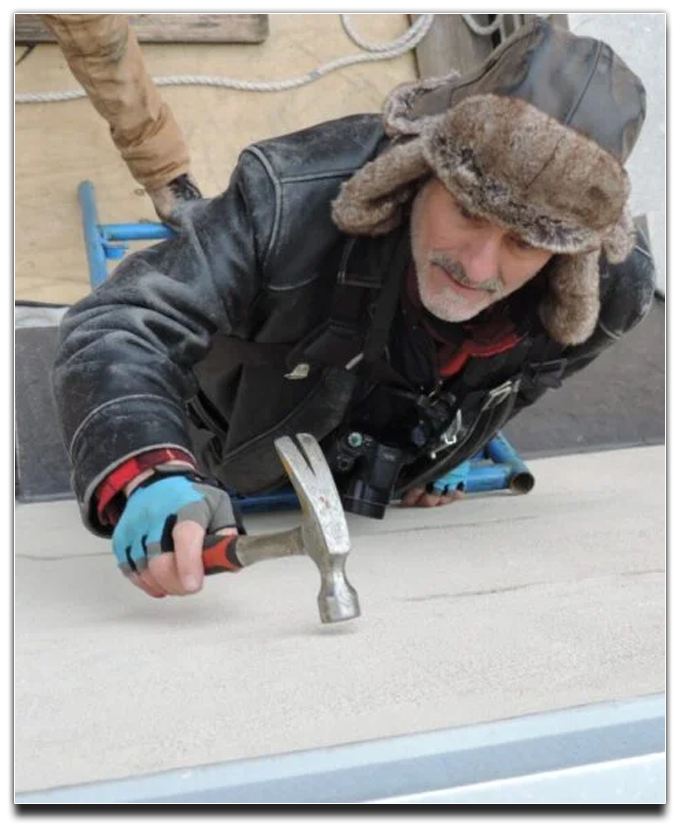EIFS & Stucco Engineers
If you have a stucco home or building, EBI can survey the building for moisture intrusion. Using state of the art moisture detection technology – we can determine relative moisture levels below the stucco surface. Our survey can detect flaws in building details that could lead to moisture intrusion.
WATER + WOOD = Rot and Mold and Termites
The combination of water and wood commonly leads to wood decay and termite activity which can result in costly structural damage. Even when spared structural problems, dangerous mold can be a threat.
Newer stucco is commonly called Exterior Insulation and Finish System [EIFS] or Acrylic stucco or even Dryvit (the name of a leading stucco manufacturer). The system is generally made up of Styrofoam insulation, fiberglass mesh, a base coat and a finish coat of acrylic stucco. They’ve been associated severe problems including class action law-suits against material manufacturers.
Why the problems associated with new EIFS Stucco? Most of the times, it is a result of shoddy construction and poor design details.

For many years, it was a common practice to eliminate a vapor barrier (i.e. tar paper, Tyvex) and glue the Styrofoam insulation directly to the plywood. In fact, this poor installation practice is still being performed on some new installations. Eliminating the vapor barrier from a wood structure can have destructive consequences.
Another major problem with these acrylic stucco systems is that they are often designed to stop water at the outer surface of the stucco. However, once there is a breach (i.e. crack, failed caulk joint, etc.) that allows water behind the stucco, the water becomes trapped within the wall. It has been well documented that this has led to mold and decay of many wood structures.
Recognizing that it is nearly impossible to rely on a perfect waterproof outer stucco surface, manufacturers have responded by implementing stricter installation guidelines that promotes drainage behind the stucco. They have also established better joint details around windows, at floor lines, at roof and balcony intersections, and at the base of the home or building. Unfortunately, the stucco installer is often not aware of these new guidelines and poor stucco installations continue to be a problem.

Old-fashioned stucco systems have been around for centuries. Old stucco systems are made up of wire lath and three coats of Portland based cement. With these older stucco systems, the cement is brittle and hair line cracks are common. Cracks in stucco are as common as cracks on concrete sidewalks and driveways. Also, the Portland based stucco systems are considerably more porous than the EIFS acrylic stucco systems. Moisture permeating through cracks or through the stucco surface itself can attack and damage the wood structure itself.
INSPECTION → DETECTION
Surveying the house or building for cracks combined with moisture probes and water absorption tests can often identify a problem condition before it progresses to structural problems. Coatings and caulk sealants may be all that is needed to protect your stucco faced home or building. Or more comprehensive work may be required if the water intrusion is more systemic.
The EBI team has been investigating stucco cladding since they arrived to the United States in the 1970’s. They are uniquely qualified to diagnose and provide specific solutions to resolve issues in both old and new EIFS stucco systems.

